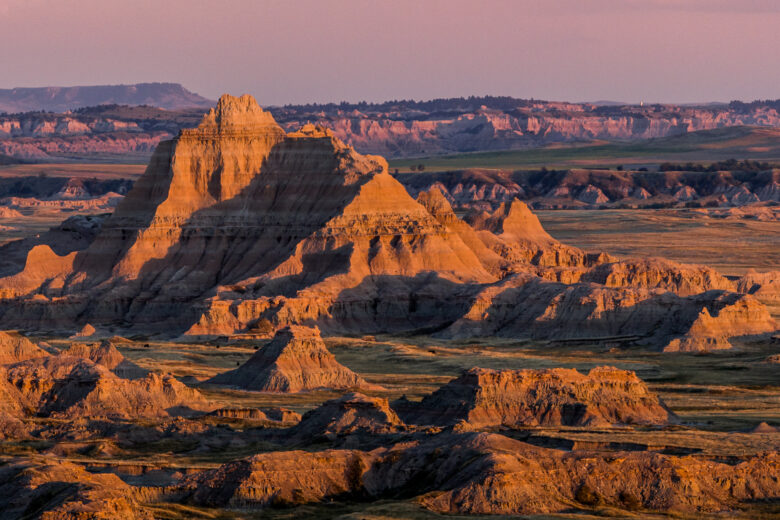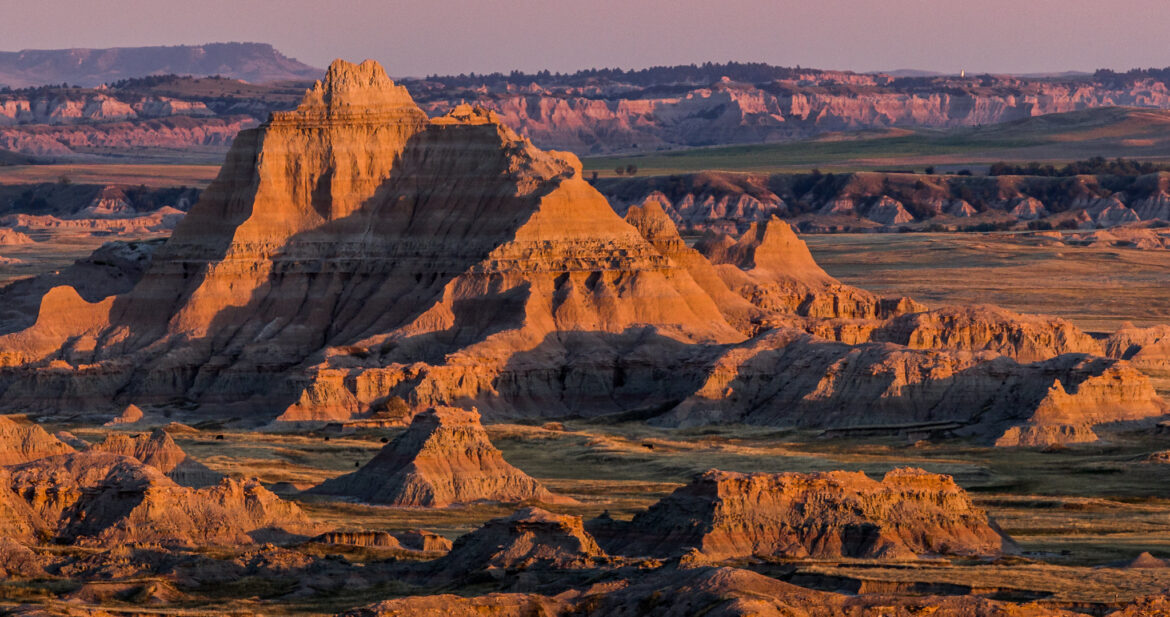
The United States has many Native American cultural destinations all over the country that seek to educate visitors about the history of the people before, during, and after the arrival of European settlers. Each cultural center offers an experience that is unique to that tribe.
Chickasaw Country
Chickasaw Country includes 13 Oklahoma counties and 7,648 miles that make up the home to the Chickasaw Nation. In the town of Sulphur, the Chickasaw Cultural Center is dedicated to celebrating and sharing Chickasaw history. It is the largest cultural center in the United States and includes an exhibit center, amphitheater, a historically accurate replica of a Chickasaw village, and a research center.
Canyon de Chelly National Monument
Canyon de Chelly National Monument is located in Arizona. It is one of the longest continuously inhabited areas in the country. The Navajo Tribe owns Canyon De Chelly, and around 40 Navajo families still live inside the park. As a result, access to the canyon floor is only permitted when a Navajo guide or park ranger accompanies visitors. Tours are arranged at the visitor center.
Big Hole National Battlefield
Located in Montana, Big Hole National Battlefield protects the Nez Perce War battlefield. The Nez Perce War was a five-month conflict between the Nez Perce and the United States Government. The Battle of the Big Hole was the largest battle during this conflict. During the battle, it is believed that the Nez Perce lost around 90 men, women, and children. Along with the battlefield, the park also has a museum, bookstore, and visitor center with daily ranger-guided activities during the summer.
Seminole Land
The Seminole Okalee Indian Village, located on Seminole land in Florida, offers an opportunity to learn about the Seminole Tribe. There is a gift shop with handmade jewelry, clothing, and baskets, as well as demonstrations on doll making and beading. Additionally, there is the Ah-Tah-Thi-Ki Museum, which translates to “a place to learn” in the Seminole language. The museum is in the Big Cypress Seminole Indian Reservation, and showcases how the Seminole people survived in the Florida Everglades.
Badlands National Park
Badlands National Park is 242,756 acres of protected land in South Dakota. For around 11,000 years, Native Americans in the area used the land for hunting. The area is also known as one of the last places where a Ghost Dance was performed right before the Wounded Knee Massacre of 1890. Today, during the summer months, visitors can watch as paleontologists work at the Fossil Preparation Lab to learn more about ancient creatures that once lived in the area.
Petroglyph National Monument
Stretching 17 miles in New Mexico, Petroglyph National Monument is one of the largest petroglyph sites in the country with over 25,000 images carved into the rocks. Archaeologists believe that the ancestors of today’s Pueblos carved about 90% of the petroglyphs. However, is it also believed that some of the carvings could date back to 2000 B.C. Many of the images are of animals and people, although some images are so complex that their meaning was probably only understood by the carver.
The history of the Native Americans is one that is intricately connected to the history of the country. By visiting the cultural centers around the country, guests can learn more about America and the first people who lived here.

Leave a Reply